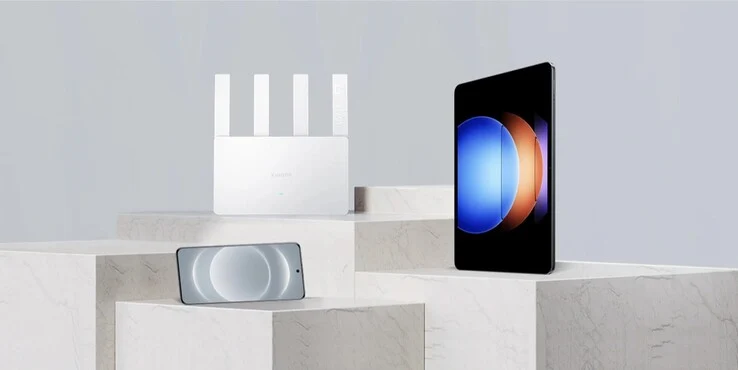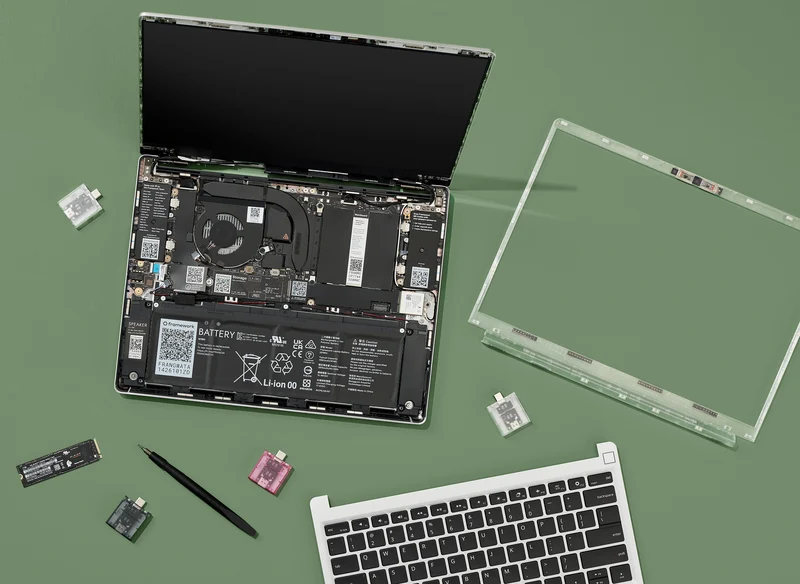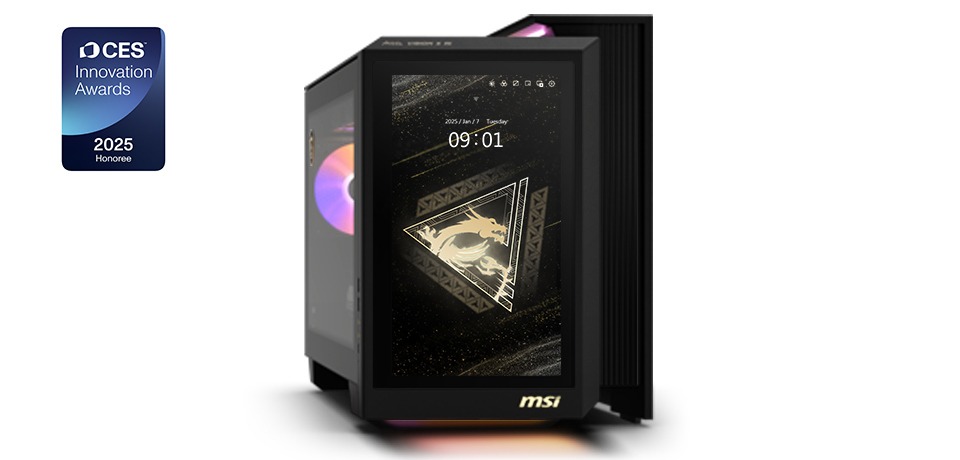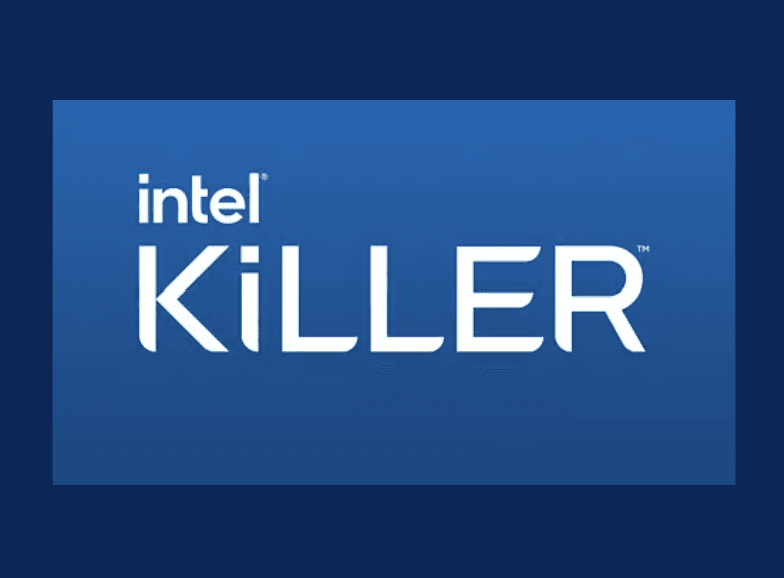Key Takeaways
1. Wi-Fi 7 Support: The Xiaomi Router BE3600 features Wi-Fi 7, offering speeds up to 3,600 Mbps and improved throughput compared to Wi-Fi 6.
2. Powerful Hardware: It includes a Qualcomm Wi-Fi 7 quad-core processor, 4K QAM technology, and supports connections for up to 128 devices.
3. Easy Mesh Networking: The router allows for simple setup of mesh networks, connecting up to 10 routers simultaneously, and can be managed via the Xiaomi Home app.
4. Affordable Pricing: The Xiaomi Router BE3600 is priced at €64.99/PLN 299 in select European countries, making it a budget-friendly option.
5. Enhanced Gaming Features: It offers exclusive acceleration for Xiaomi and Redmi smartphones, reducing lag and latency for online gaming experiences.
Xiaomi has recently introduced the Router BE3600 in Europe. This device has been available on the brand’s global store for a while and can also be imported through platforms like Geekwills to various regions around the world.
Advanced Wi-Fi Capabilities
The Xiaomi Router BE3600 supports Wi-Fi 7, allowing for reliable data transfers and wireless speeds of up to 3,600 Mbps. When compared to Wi-Fi 6, Xiaomi asserts that the actual throughput has improved by 50%, while the maximum theoretical data rate has been enhanced by 48%. It supports protocols such as Wi-Fi 802.11a/b/g/n/ac/ax/be and 802.3/3u/3ab/3bz, utilizing OFDMA technology and Multi-RU allocations to help lower latency. Xiaomi claims that these high speeds are perfect for online gaming, HD streaming, and video calls. Additionally, there’s a feature for ‘exclusive acceleration’ for Xiaomi and Redmi smartphones, which are detected automatically and prioritized for better gaming experiences, resulting in less lag and reduced latency.
Robust Hardware Features
Equipped with 4K QAM technology, this router aims to improve data throughput for compatible devices. It features a 2×2 Multiple-Input Multiple-Output (MIMO) configuration and is powered by a Qualcomm Wi-Fi 7 quad-core processor running at 1.1 GHz, offering up to 10,120 DMIPS and the ability to connect up to 128 devices at once. Furthermore, it includes a 2.5G Ethernet port for 2000M broadband and three gigabit Ethernet ports, with provisions for dual-LAN link aggregation and customizable IPTV settings.
Easy Mesh Networking
Setting up a mesh network or integrating the router into an existing system is said to be simple. Xiaomi’s Mesh networking allows for the connection of up to 10 routers at the same time, supporting mixed networks. You can manage the router using the Xiaomi Home app, available for both iOS and Android devices. The router itself has a sleek white design, with dimensions of 209.98 x 40.95 x 219.83 mm and features four high-gain antennas. You can purchase the Xiaomi Router BE3600 in countries like Germany and Poland for €64.99/PLN 299, making it a relatively affordable option. It is also displayed on the Mi UK store, although it’s not yet available for purchase there.
Source:
Link



















